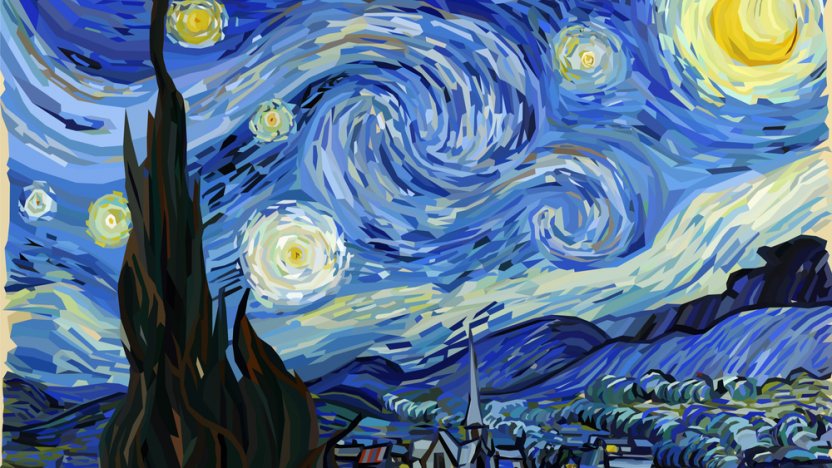Unveiling the Most Provocative Trump Art Pieces of the Decade
Wiki Article
Looking Into the Diverse Globe of Artistic Expression: From Surrealism to Abstract Realistic Look
In the world of artistic expression, from the dreamlike landscapes of surrealism to the elaborate play of light and type in abstract realistic look, musicians have actually constantly pressed the borders of creative thinking and imagination. As we discover the multifaceted world of art, we are provided with a tapestry of styles, strategies, and approaches that challenge our understanding and prompt contemplation.Surrealism: Releasing the Subconscious
Surrealism, an avant-garde creative activity of the 20th century, looked into the depths of the subconscious, introducing a world of dream-like images and unconventional associations. Led by artists like Salvador Dali, René Magritte, and Joan Miró, Surrealism looked for to challenge the traditional means of comprehending and seeing art. Through strategies such as automatism and desire analysis, Surrealist artists aimed to touch right into the subconscious mind to disclose concealed realities and needs.One of the crucial elements of Surrealism was the emphasis on the irrational and the uncanny. By incorporating unforeseen elements in their works, Surrealist artists intended to produce a sense of disorientation and shock in the viewer. This interruption of logic and reason was indicated to provoke a deeper expedition of the subconscious and the secrets of the human psyche.
Abstract Realistic Look: Redefining Understanding
Testing conventional imaginative borders, Abstract Realism redefines understanding through the blend of identifiable components with abstract forms. This ingenious strategy to art incorporates the representational accuracy of realistic look with the creative flexibility of abstraction, providing customers an one-of-a-kind aesthetic experience that motivates them to examine their assumption of fact.In Abstract Realism, musicians make every effort to capture the significance of their topics while additionally infusing their deal with a feeling of depth and intricacy with abstract components. By mixing the accustomed to the unfamiliar, these musicians welcome audiences to engage with their pieces on several degrees, encouraging them to discover the nuances of structure, kind, and shade.

Cubism: Breaking Up Truth
Utilizing geometric types and fragmented viewpoints, Cubism changed the imaginative representation of fact in the early 20th century. This strategy not just deconstructed reality but likewise stressed the monotony of the canvas, leading the method for future abstract art motions.
Cubism can be categorized right into two main stages: Analytical Cubism, identified by monochromatic color design and intricate, fragmented types; and Artificial Cubism, which integrated collage elements and brighter shades into the structures. Via these distinctive phases, Cubism influenced not only painting yet likewise sculpture, layout, and architecture. trump art. Its influence reverberated across the art globe, inspiring musicians to check out brand-new means of translating and representing the world around them
Expressionism: Feelings on Canvas
Checking out the midsts of human feelings through brilliant and expressive brushstrokes, Expressionism arised as an extensive artistic movement in the early 20th century. Unlike previous art activities that concentrated on showing the outside globe, Expressionism looked into the inner realm of the artist's mind, aiming to evoke raw feelings and prompt visceral actions from visitors.
Expressionist artists, such as Edvard Munch, Egon Schiele, and Emil Nolde, denied typical concepts of appeal and realism in support of misshaping kind and color to convey subjective feelings. Making use of exaggerated brushwork, strong shades, and altered numbers assisted produce a sense of unease, alienation, or interest in their jobs.
Among one of the most popular instances of Expressionism is Munch's "The Scream," which records the intense stress and anxiety and misery of modern-day life through its swirling, distorted number versus a blood-red skies. With their mentally charged works, Expressionist artists looked for to test standard creative norms and provide a home window right into the rough midsts of the human heart.
Contemporary Art: Evolving Perspectives

Among the defining qualities of modern art is its continuous development and ability to adapt to transforming social landscapes. Musicians are significantly incorporating modern technology right into their technique, blurring the lines in between the physical and digital realms. This combination of tools enables cutting-edge ways of narration and engaging with audiences in a more interactive way.
Additionally, modern art frequently serves as a system for social discourse, dealing with pressing problems such as identification, national politics, and the environment. Artists are using their job to prompt and spark internet vital conversations idea, clarifying the intricacies of the globe we live in. As perspectives proceed to advance, modern art continues to be a influential and dynamic force in forming our cultural landscape.
Conclusion
In final thought, the globe of imaginative expression incorporates a variety of motions and designs, each with its own special technique to sharing significance and emotion. From surrealism's expedition of the subconscious to abstract realism's redefining of perception, and from cubism's fragmentation of fact to expressionism's portrayal of emotions, art remains to advance and challenge point of views - trump art. Contemporary art mirrors the ever-changing globe we stay in, offering new ways to interpret and recognize the Read Full Article complexities of our truthAs we explore the diverse world of art, we are presented with a tapestry of styles, techniques, and philosophies that challenge our understanding and prompt contemplation. Its influence resounded across the art globe, inspiring artists to explore new ways of translating and representing the world around them.

Report this wiki page